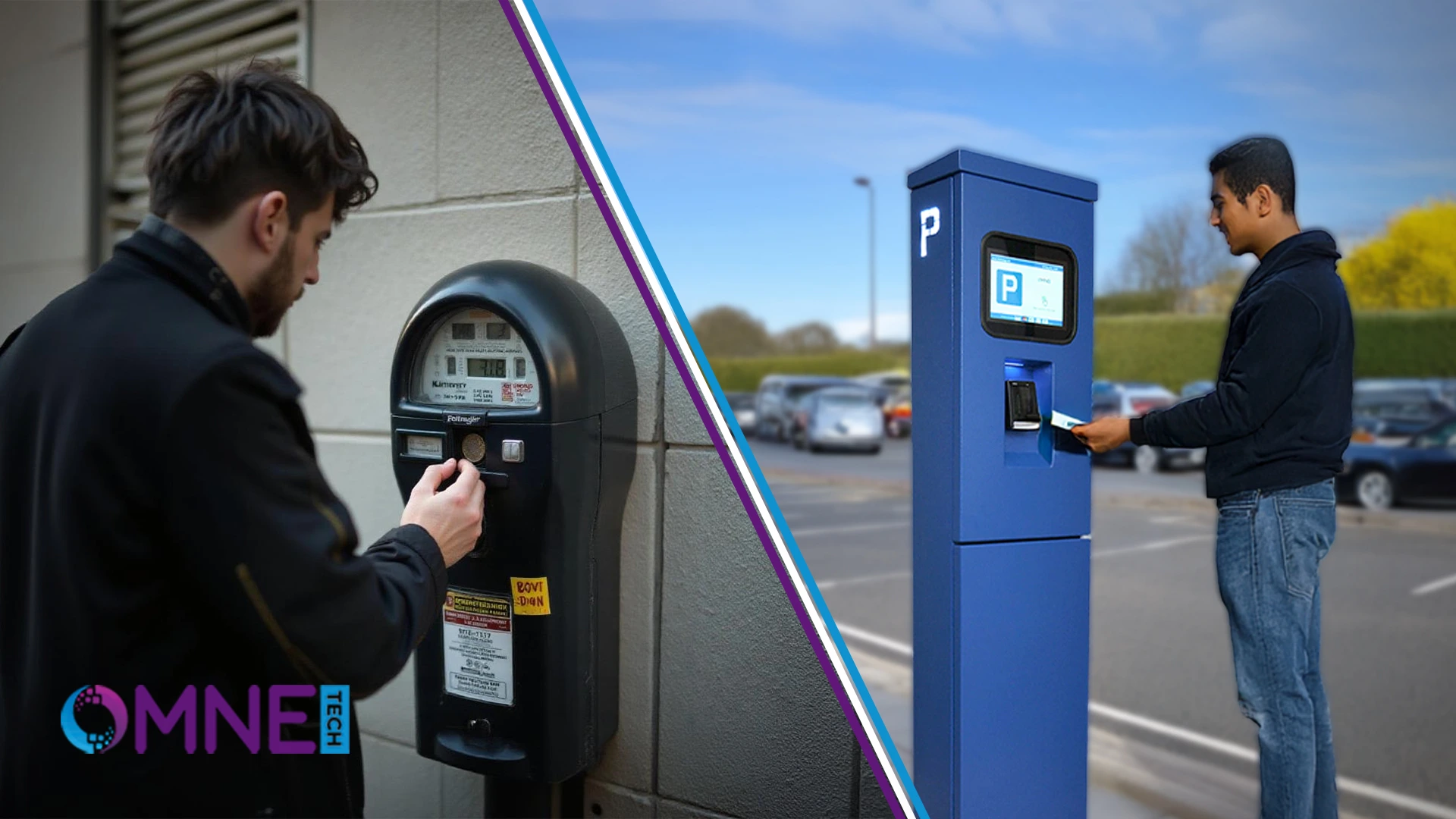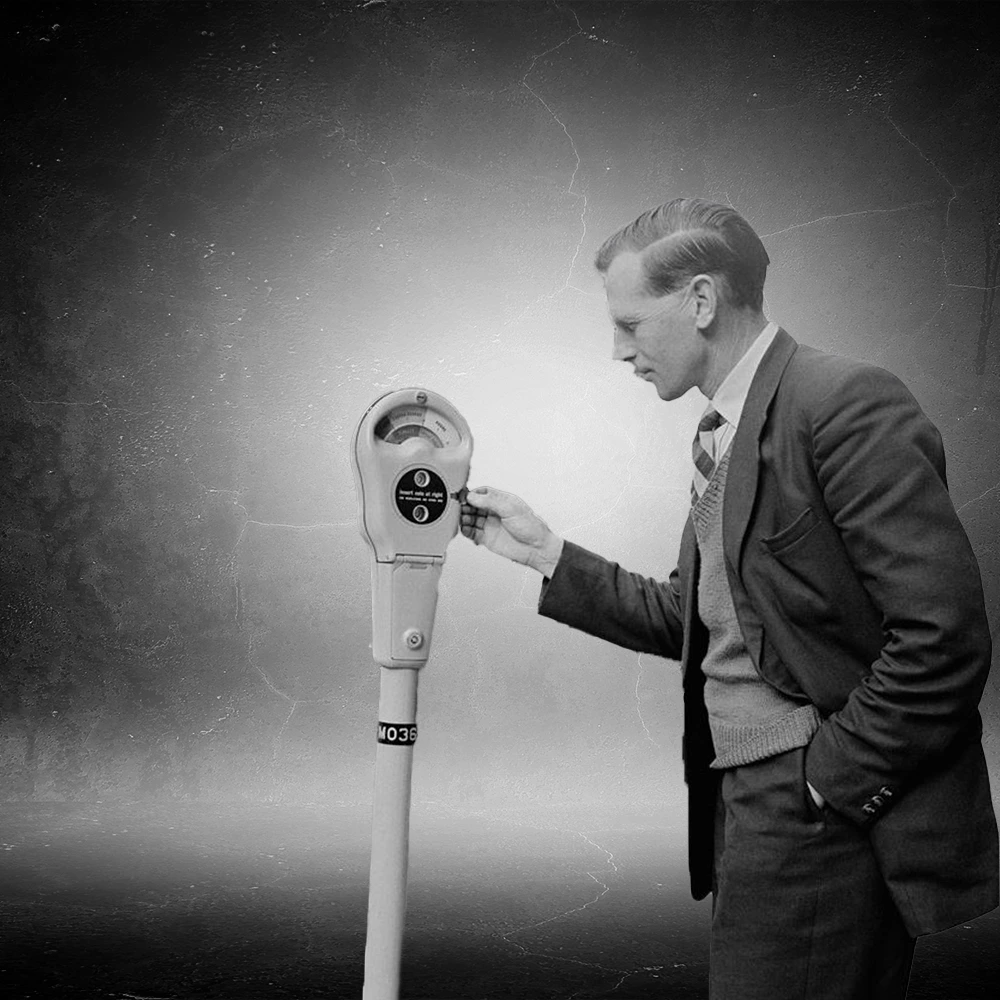
Just imagine you have parked in the parking space during rain, and you are finding it difficult to gather the exact amount of cash that the parking machine is asking for. How frustrated would you feel? This was the feeling that motorists experienced during the early 1930s. But now, the scenario has changed, as the new pay-and-display systems have taken over, making your life easier.
From coins only to coins and cash, to fully digital systems, parking metres have come a long way. In this blog, we have explored their key milestones and what you can expect from these machines in the future. So, let’s delve into their history and learn more about them.
What are Pay and Display Machines?
These are machines that make parking payment easy and accessible for motorists. They allow motorists to pay for their parking for a specific period when they enter a parking space. When a motorist makes a payment, they receive a ticket, which the motorist displays on their windshield. However, nowadays, with technological advancements and the go green initiative, most pay-and-display machines no longer provide physical parking tickets instead, they provide e-receipts, which motorists receive via email. Additionally, these machines offer numerous payment methods, including credit/debit cards and online payment options via mobile payment or online platforms.
The Early Days: Coins-Only
The concept of paid parking started in 1935, with the installation of the first parking metre in Oklahoma City. These machines only accepted coins and can be considered the first true pay-and-display machines. Park-UR-Self from San Francisco introduced these machines to the United States in the 1950s. The main goal was to provide convenience to the motorists while parking, as they allowed them to purchase a parking ticket for a specific duration and display it on their dashboard.
Yes, these machines were ahead of their time and were innovative, but the only drawback was that motorists needed to carry the exact change to pay for their parking. This caused major inconvenience and frustration to the motorists, especially when the machines malfunctioned or the coins were limited.

Advancing with Technology: Card Payments
To improve convenience and make a significant leap forward, pay and display machines started accepting Credit cards and debit cards by the 1990s. Now, drivers no longer need to look for coins and cash; a simple swipe or inserting the card in the machine was enough for them to make the payment for their parking. This was a revolution in the parking industry because it improved the operational efficiency for the parking operators.
Not only did it reduce the risk of losing the cash, but it also allowed parking operators to keep a record of the payment, deterring any disputes over transactions. The payment through cards also reduced the risk of theft and vandalism, as fewer machines held cash inside.
The Mobile Revolution: Pay-by-Phone And Apps
After the transformative change through the acceptance of card payments, it was time for mobile technology to improve the convenience of the motorists. During the early 2000s, people were allowed to pay for their parking through SMS-based pay-by-phone systems, which allowed them to park for their parking remotely.
This transformation happened with the emergence of advanced mobile phones, and with time, mobile technology allowed motorists to extend their parking durations without returning to their vehicles. Mobile payments deterred the need for physical interaction with machines, ultimately enhancing their convenience and making the process of payment quicker and more efficient.
Fully Digital and Contactless: The Modern Era
This is a modern era where technology is evolving rapidly, and with that, payment is increasingly becoming digital and contactless. Now, the technology is so advanced that these machines can be integrated with ANPR (Automatic Number Plate Recognition) systems, barrier systems, and mobile applications. This helps in reducing the need for paper tickets, which is a great help for supporting a sustainable environment.
Note: Stats suggest that over 80% of motorists prefer parking spaces that are equipped with pay-and-display machines.
Key Milestones
| Year | Technology | Payment Methods | Key Features/Benefits |
| 1930-1950 | Traditional metres | Coins only | Easy to use, needed exact change |
| 1970-1980 | Pay & display | Cash & coins | Single machine for several parking spaces |
| 1990s | Smart metres | Coins and cards | Card payments allowed motorists to reduce cash handling |
| 2000s | Mobile/SMS payment | Cards and mobile payments | Pay-by-phone allowed motorists to extend parking durations remotely |
| 2010s-Current | Digital/contactless | Cards, mobile, NFC, applications | Contactless payment, integration with apps, and real-time analytics. |
What our Machines offer: Why Choose Us?
Our Omne machines are well advanced, and we take extreme pride in saying that we are a subsidiary provider of Euro Parking Services one of the leading parking management companies in the nation. These machines are designed to make payment easy for you without any human interaction. Also, they accept various payment options such as credit/debit cards and online payments. Here are some of the key features of our machines:
1. The user-friendliness these machines provide enhances the overall experience of motorists. Not just that, these machines are beneficial for landowners as well, as they allow them to change their tariff plans as per their needs within minutes, with the help of our custom backend office.
2. These machines can be integrated with ANPR, RFID, and barriers.
3. They have an IP rating of 65, which allows them to withstand challenging weather conditions.
4. The anti-vandal screen makes these machines secure from vandalism.
5. We provide the best-in-class commercials as our machines are devised in the heart of Birmingham, UK.

The evolution of pay-and-display machines has made them a preferable choice among parking operators, driven by the digitalisation trend. As the metropolises are continuously growing, we can expect that they will likely integrate AI, real-time data, and automation to optimise the utilisation of the parking spaces to enhance the experience of motorists. People are shifting towards systems that are cashless and efficient, and it would not be wrong to say that the demand and future of these machines look quite promising.
If you are looking to transform your car parks with the cutting-edge pay-and-display machines, then contact us now. We offer one of the best machines, designed to meet your bespoke requirements.
Get in Touch with Omne Technology
We at Omne Technology strive to provide motorists and parking space owners with smooth and seamless payment terminals. We have developed two parking kiosks to fulfil the needs of different parking spaces; Smart Pay Kiosk & Mini Smart Pay Kiosk. So, if you want to get robust and straightforward parking kiosks in the UK, consider contacting us at 0121 318 8833 or email at info@omnetechnology.com
